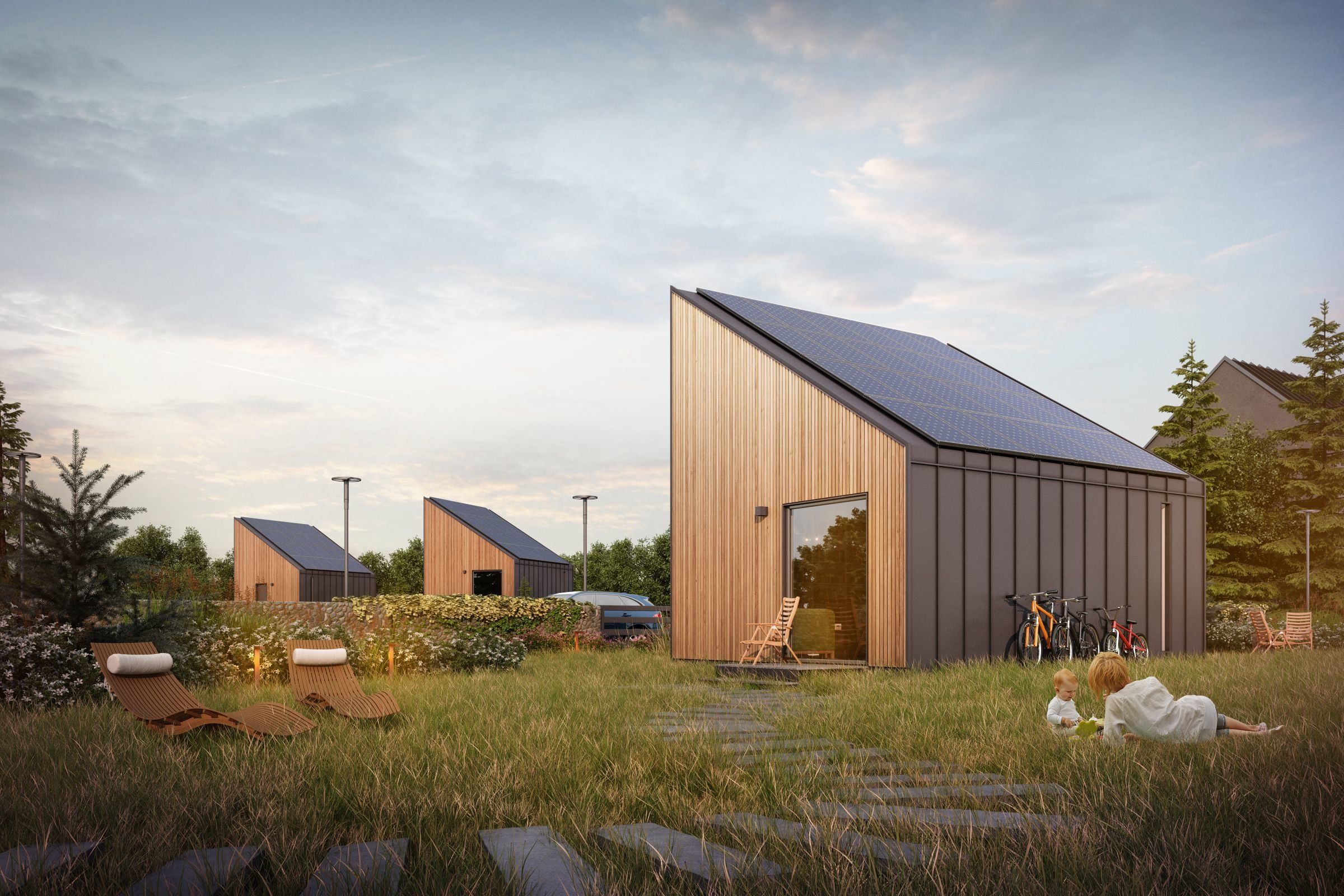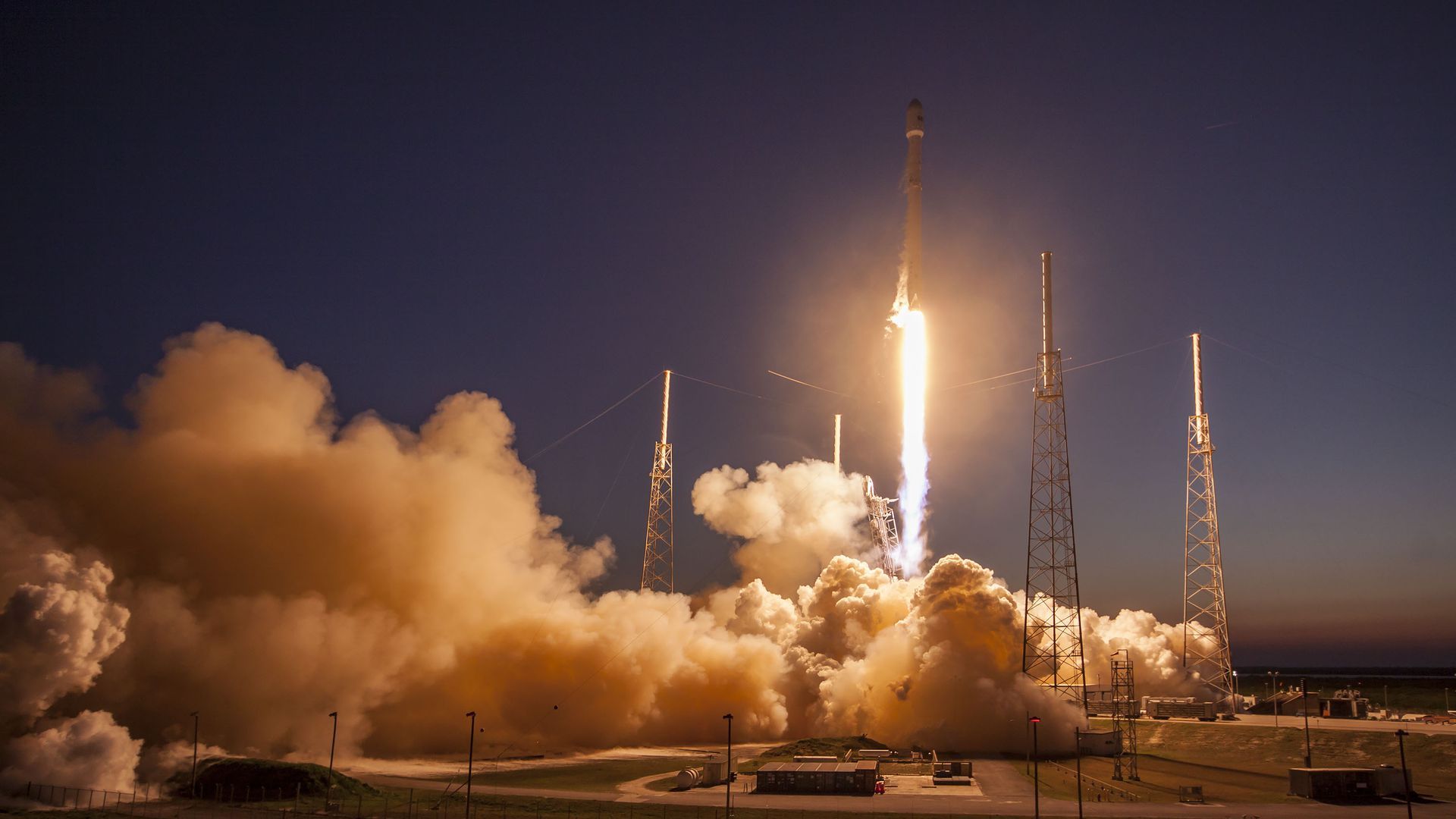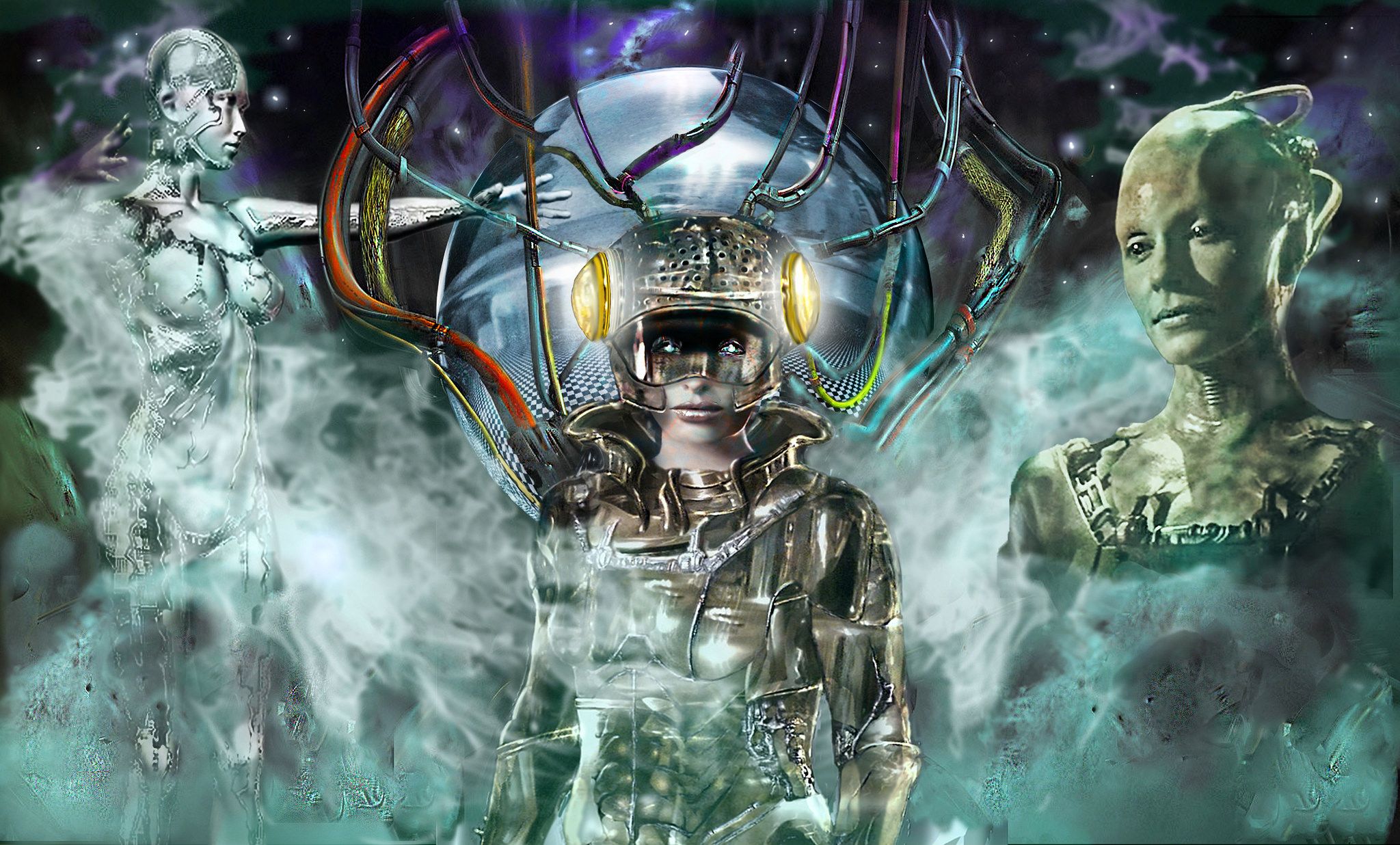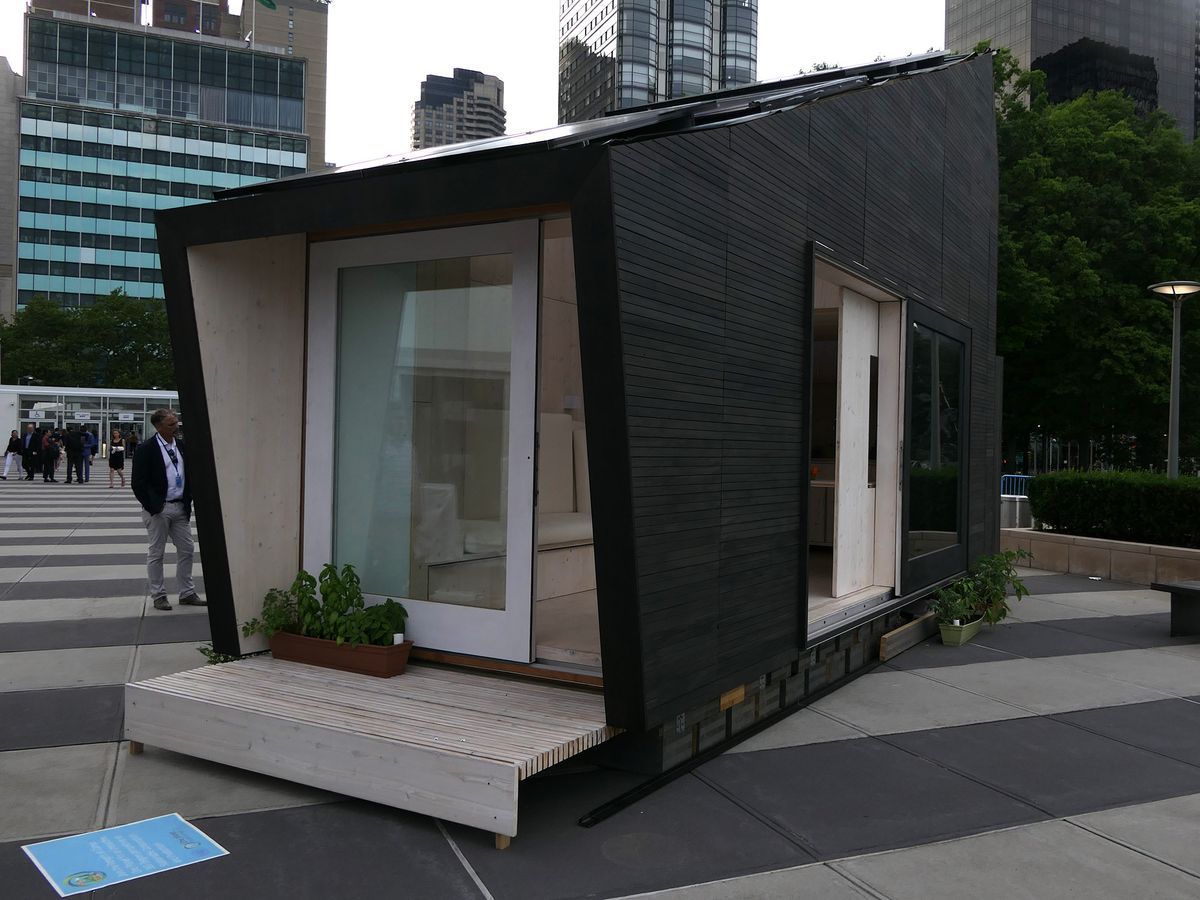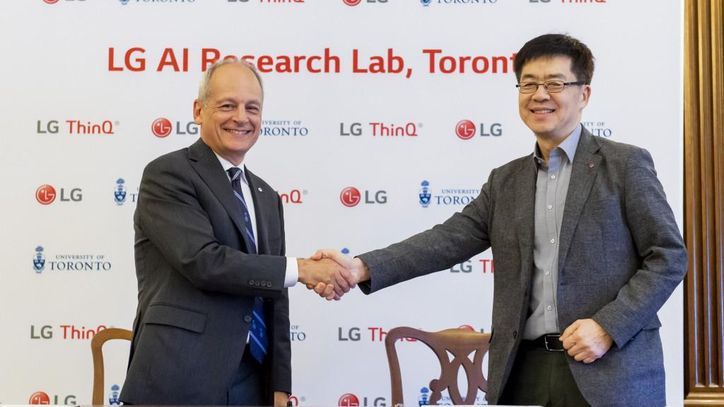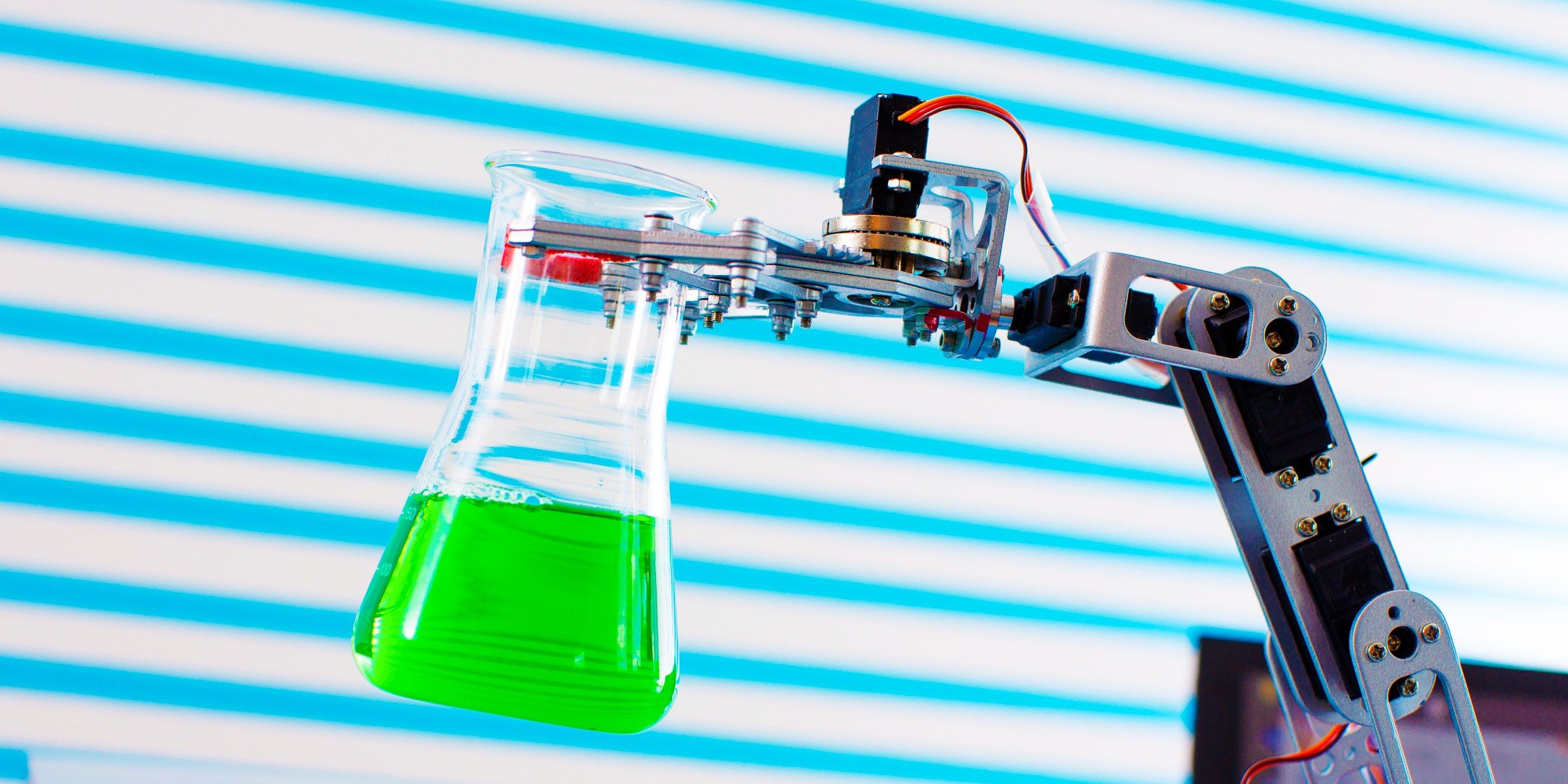Aug 13, 2018
Flat-pack homes and profit-sharing retrofits are making sustainable housing affordable
Posted by Bill Kemp in categories: habitats, sustainability
Wealth-generating, flat-pack solar houses and a profit-sharing scheme that incentivises retrofitting are bringing sustainable living to people who would otherwise not be able to afford it.
“One of the biggest problems that we see right now is (the creation of) a big gap between the lower and the middle classes. Everyone is talking about this growing inequality gap,” said Bart Glowacki, co-founder of SOLACE, a start-up based in Warsaw, Poland, set up with the aim of making sustainable housing widely affordable.
Tighter mortgage controls, job insecurity and high student debts in Europe has meant that it is increasingly difficult for young people to buy their own homes.
